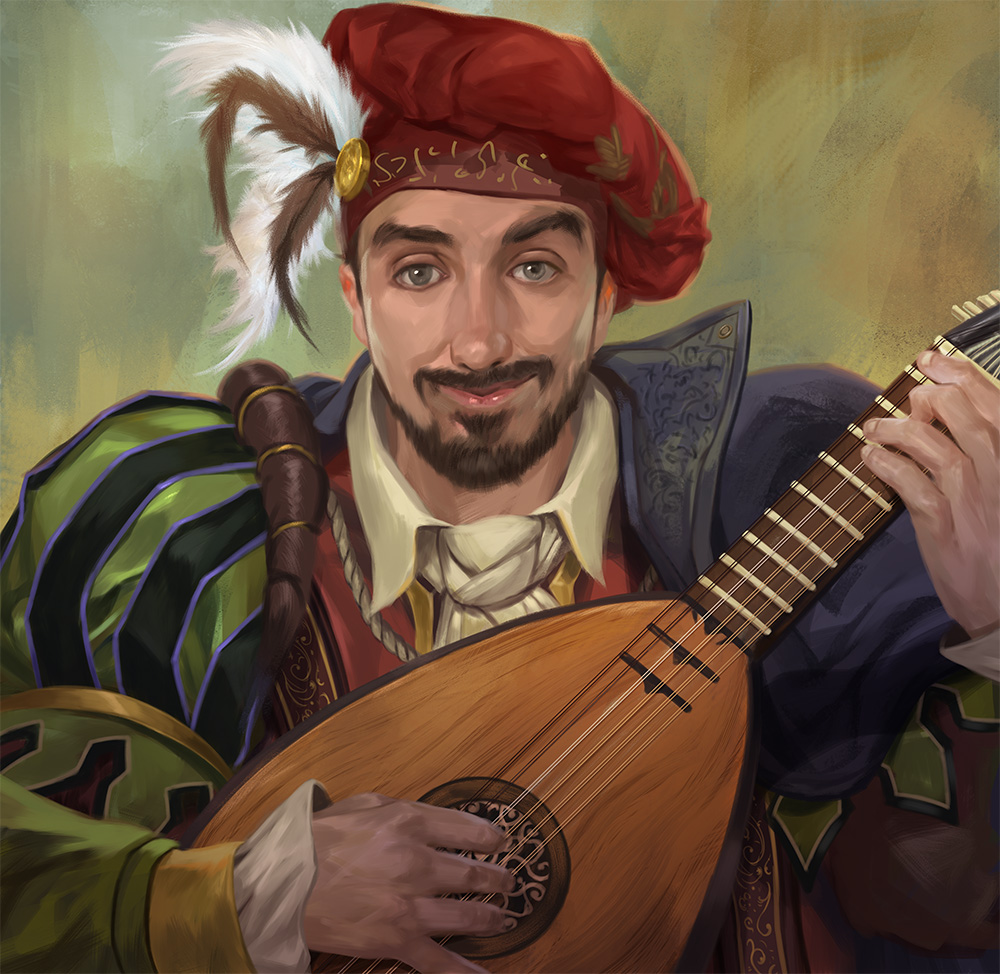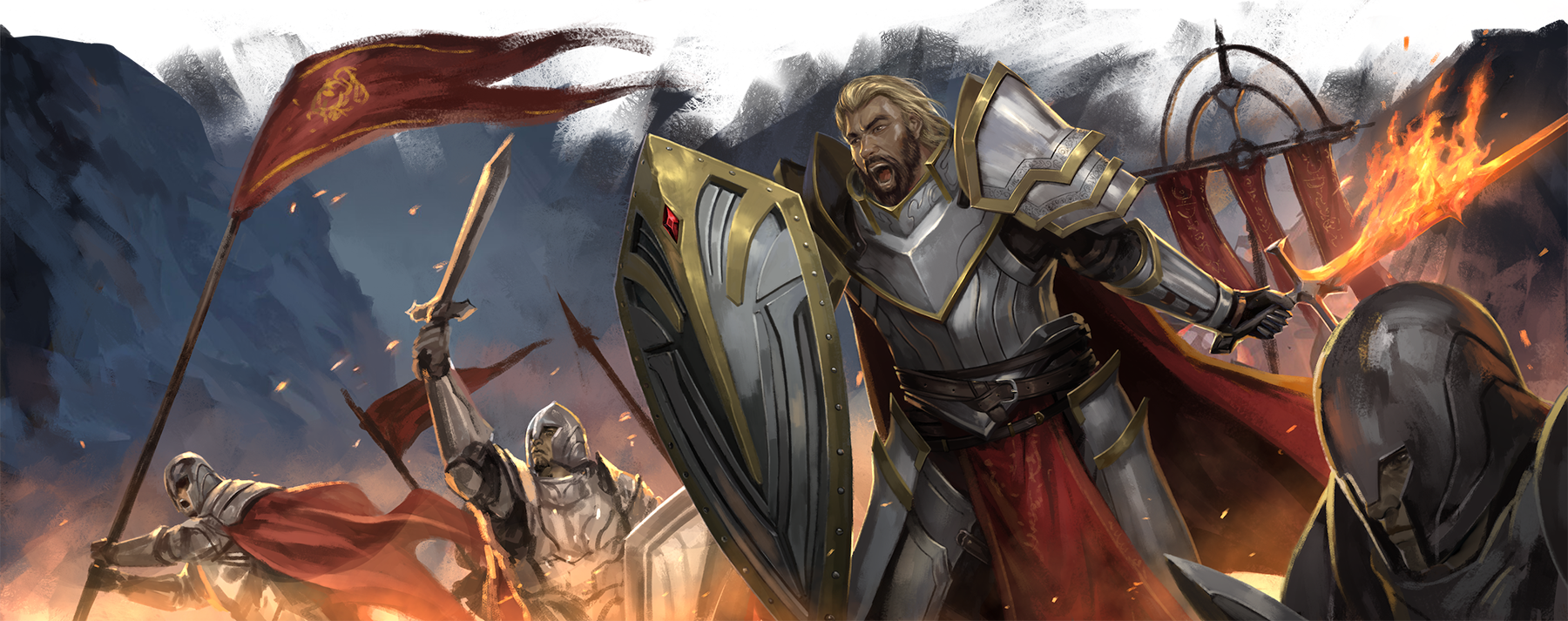Do Animals Grow Beards

 Joe Nightingale, MBBS, MSc
Joe Nightingale, MBBS, MSc

Ever notice that humans aren't the only ones to sport some interesting facial hair? Sure, humans are otherwise fleshy, skin-covered weirdos by natural standards, making our beards stand out, but we're far from the only species who grow a few chin hairs.
Orangutans, goats, and bison are just some of the animals renowned for their beards – think of the goatee. Even the lion's mane is technically a type of animal beard.
So, what's the purpose of these furry features? Why do animals grow beards?
Why Do Humans Have Body Hair?

Let's start at the beginning: humans once had hair. Then we lost it except for a few specific areas – what happened? Take the chimpanzee, for example. Our closest cousins are almost entirely covered in hair.
Early humans spent their lives living, hunting, and sleeping in the wilds of the Savannah. The thick coats of fur their ancestors had developed living in the jungle no longer supported their new bodies and environment. So, gradually, the fur began to thin and diminish, allowing some hominid species the ability to sweat. As the sweat evaporated, it took some of the heat with it, allowing our bodies to stay cooler and increasing our stamina and physical prowess.
Somewhere along the way, beards, head hair, and pubic hair stayed. Likely due to some form of sexual selection, as beard hair and pubic hair, in particular, mark puberty and a man's ability to father children.
Do Animals Grow Beards?
The reasons behind animal beards aren't so dissimilar to humans. Just like any physical feature, any beard must either aid in survival or reproduction. They're not just a vestigial feature.
For instance, a lion's mane is a key indicator of a male's health and social status, influencing its reproductive success. The larger the mane, the more dominant and attractive the lion is considered, signifying an abundance of resources and genetic fitness.
Similarly, in orangutans and goats, facial hair signifies maturity and readiness for reproduction. A thick beard in orangutans symbolizes a high likelihood of reproductive success, while goats maintain their beards to attract female counterparts, indicating their health and genetic vigor. These visual cues play a pivotal role in the mating rituals and social hierarchy of these species.
In contrast, for animals like bison and Himalayan markhors, beards serve a more practical purpose of insulation. These beards help conserve body heat, which is particularly vital in cold climates, ensuring the animals' survival through harsh winters. The beard acts as an extra layer of protection, minimizing heat loss and increasing the chances of enduring cold seasons.
6 Animals That Grow Legendary Beards
The animal kingdom has some magical examples of nature's creativity. The beard is no exception. Ranging from the regal manes of lions to the rugged whiskers of bison, animal beards aren't just for show; they serve essential biological functions, from signaling sexual maturity to offering protection against the elements.
Here's a closer look at six animals with incredible beards and the roles these features play in their survival and social structures.
1. Lions

Perhaps the most iconic beard in the animal kingdom belongs to the male lion. The lion's mane is a symbol of strength and virility, with studies suggesting that darker and fuller manes indicate a healthier and more genetically superior individual. These impressive manes are not just for attracting mates; they also provide protection during fights, cushioning the neck and head against injuries.
2. Goats

Various goat species boast distinctive beards, used primarily in social and mating contexts. Male goats, or bucks, use their beards as a display during rutting season, showing off their vitality and strength. These beards can also collect pheromones, enhancing their attractiveness to females. In some species, even female goats grow beards, though typically less pronounced than their male counterparts.
3. Orangutans

Particularly in male Sumatran orangutans, a thick beard signifies maturity and dominance. These beards, along with prominent cheek pads, signify readiness to mate and play a role in intimidating rivals and attracting potential mates. The development of such facial hair marks the transition from juvenile to fully mature adult, a status that comes with increased territorial rights and reproductive opportunities.
4. Bison

The beard of a bison, often referred to as a beard, serves a practical purpose rather than a social or reproductive one. In the harsh winter months, the thick, shaggy hair under the bison's chin provides essential insulation, protecting vital areas from the cold and helping the animal conserve body heat.
5. Turkeys

Male turkeys, or toms, showcase an exceptional type of beard made not of hair but of specialized feathers called filoplumes. These bristle-like feathers protrude from the chest and play a role in the turkey's mating display, with longer beards generally being more attractive to potential mates. The beard's size can indicate the turkey's age and health, factors important in the competitive breeding season.
6. Ibex

The beard of an ibex, particularly prominent in males, is another example of a beard used for social signaling. These long, flowing beards can intimidate rivals and attract females, playing a critical role in the ibex's mating rituals. The beard, combined with the ibex's impressive horns, makes for a daunting display intended to establish dominance and secure mating rights within the herd.
Walk on the Wild Side With Beard Sorcery
Want a beard as majestic as a lion's? Or as thick and soft as a bison's? Let Beard Sorcery work its magic – our collection of beard oils and balms is crafted to transform your facial hair into a masterpiece of nature-inspired splendor.
Infused with natural ingredients and essential oils, our products nourish, soften, and tame even the wildest of beards, giving you a look that commands attention. Whether you're aiming for the dominance of a lion, the ruggedness of a bison, or the wisdom of an orangutan, Beard Sorcery is your ally.
Unleash the full potential of your beard. Embrace the call of the wild and let your beard roar with Beard Sorcery. Join us now and embark on a grooming journey like no other!

No comments yet…